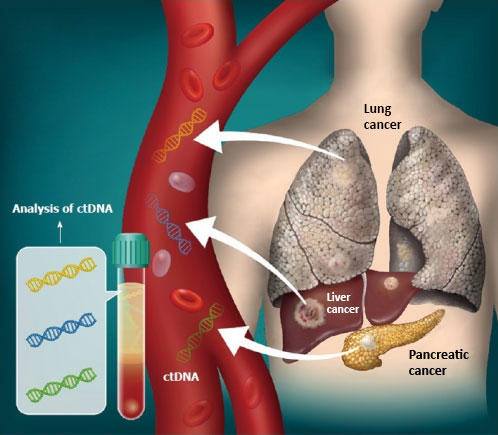Malaria, caused by Plasmodium falciparum, remains a major global health threat, claiming 600,000 lives annually, mostly young children in sub-Saharan Africa. Immunity to severe malaria develops after repeated infections and is mediated by antibodies blocking the parasite's highly diversified PfEMP1 adhesion proteins from binding to the human endothelial protein C receptor (EPCR) on blood vessel walls.
In the collaborative study, researchers from the National Institute for Medical Research in Tanzania and the University of Copenhagen first identified donors with immune plasma able to prevent many diverse PfEMP1 variants from binding to EPCR.
Through philanthropic support from Canadian biotech company Rapid Novor, the REpAb® antibody discovery platform was used to uncover the amino acid sequence of a monoclonal antibody with broad inhibitory activity against diverse PfEMP1 variants. This is the first time mass spectrometry has been applied to identify a functional plasma antibody developed naturally after infection.
Protein structural analysis, carried out with researchers at The Scripps Research Institute in California, revealed how this broadly neutralizing antibody binds to conserved residues across different PfEMP1 variants to block parasite adhesion.
"By sequencing a naturally acquired antibody circulating in the blood and seeing exactly how it binds, we gain valuable insight into the protective antibody response against malaria," explains Senior Scientist, Louise Turner, Centre for Translational Medicine and Parasitology, University of Copenhagen.
"We can now identify functionally significant inhibitory antibodies directly from individuals naturally exposed to infection. This provides a powerful way to study naturally acquired antibody responses and generate leads for our vaccine research," says Professor Thomas Lavstsen, Centre for Translational Medicine and Parasitology, University of Copenhagen.
The study was carried out in collaboration between the Centre for Translational Medicine and Parasitology, Department of Immunology and Microbiology at University of Copenhagen and Department of Infectious Diseases, Rigshospitalet, Denmark; National Institute for Medical Research, Tanzania, Rapid Novor, Canada; The Scripps Research Institute California, USA, The study is published in Proceedings of the National Academy of Sciences (PNAS






